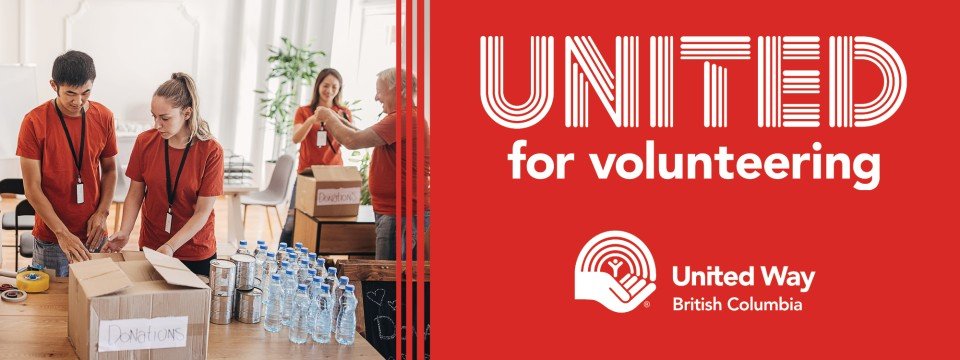Simple Ways to Encourage Commitment During Volunteer Onboarding
The experience of new volunteers can be full of conflicting emotions, such as surprise, anxiety or ambiguity. Onboarding is a critical step that can help your new volunteers navigate these emotions and have a smoother experience from the start. Once volunteers are more comfortable in their roles they tend to perform their duties better, and enjoy volunteering more. A strategic and thoughtful approach to onboarding can help your volunteers have a better experience through their entire journey at your organization. A poor (or nonexistent) onboarding experience can lead to a revolving door of disappointed volunteers.
Onboarding is the process of organizational socialization - where the volunteers come to know not just your purpose and mission, but your organizations values, culture and processes. As they move through the process of joining your organization they can experience many changes in how they view the work, which will determine if they are a good fit for the role. Naturally, volunteers often start with an expectation of what they will experience. It's important that your volunteer opportunities are clear on many details so this expectation is as close to reality as possible, otherwise you might have disappointed volunteers. But inevitably, volunteers will have some surprises and changes from their expectations as they begin volunteering.
As the volunteer stays with your organization, you may need to periodically check in to help manage their expectations and receive feedback. If you are not able to manage expectations with the volunteer, there is a higher chance they will prematurely leave your organization.
Volunteers most especially experience some level of stress with new volunteering, as they learn how things are done and what is expected of them. A well designed volunteer onboarding process can help them manage the stress of the experience. Below are a few ideas to help with this.
Volunteer Onboarding Strategies
1) Implement Regular Processes - Repetition helps with volunteer expectations. If there are similar processes and experiences repeated, then the volunteer has less novelty to process in their volunteering. Communicating the processes upfront also helps, so the volunteer begins to see the outline of what their volunteering experience will be like at your organization. The sense of safety this can foster for volunteers will reinforce and build on connections between the volunteer and your team, as well as how their work contributes to the overall organization.
2) Encourage Relationship Building - In some organizations volunteers have exposure to lots of staff and/or clients. In others, they may primarily be interacting with other volunteers. Regardless, supporting socialization and team-building with activities and check-ins can really help volunteers understand the unwritten rules of your organization, as well as develop a sense of familiarity and connection to the volunteer experience and those around them.
3) Offer Training - Training, especially formal or structured training programs, will increase volunteer confidence and offer the skills and mindset they need to succeed as a volunteer. This can also be training outside of the specific tasks they start with, which offers them room to learn and grow - which can be a key ingredient to promote more long term volunteering.
4) Demonstrate Return on Investment Early and Often - Volunteers need to be sure that any stresses or challenges they encounter are worth it. Especially when a volunteer is new or with new responsibilities, having evidence for the volunteer of how they are also benefiting from the volunteering can be a major motivator. This needs to be tangible for them - whether it's seeing that the meal kits they help assemble are feeding a hungry family, or the garbage they pickup in a park will make it more safe and enjoyable for the park's patrons (including themselves). Making this clear for volunteers can seem complicated, but in most cases it's either a little extra communication that positions their volunteering and it's impact, or demonstrated through pictures, testimonials, or interaction with the people that are benefiting from their acts of service.
We hope that these ideas will help your organization grow and consider the many ways to help make onboarding a smoother and less stressful experience for your volunteers. A volunteer is more likely to stay longer if they experience less stress, have more realistic expectations, and feel connected through relationships, impact and learning opportunities.
Read the Inspiration for this article:
Johnson, T. (2019, November 3). Volunteer Onboarding: 4 Simple Ways to Encourage Commitment. Retrieved from Tobi Johnson and Associates: https://tobijohnson.com/volunteer-onboarding-process/


